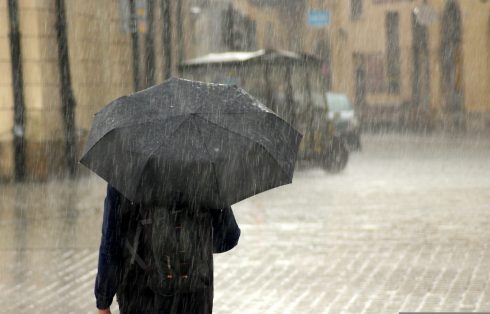The Battle of Margate, 1387 – Honestly, this really happened!
As part of the Hundred Years’ War, an English fleet of warships commanded by the Earl of Arundel attacked a joint French-Spanish fleet off the coast of Kent.
It was a resounding English victory, and 9,000 tons of wine were captured.
On the same day, but in the year 1579, Tirso de Molina was born in Madrid. A contemporary of Shakespeare, Tirso was a playwright and a Catholic priest. In 1630 he published the script of his play called “The Trickster of Seville”, which proved highly successful on the stage.
It’s the story of Don Juan, a would-be seducer of women, who makes a pact with the devil, and is dragged off to hell.
A century and a half later, Mozart would compose an opera (Don Giovanni), based very closely on Tirso’s drama.
King Fernando VII first ascended the Spanish throne in late March 1808, and was greeted enthusiastically by the crowds in Madrid on 24 March.
However, he abdicated seven weeks later (in effect, Napoleon overthrew him) and remained a prisoner of the French for six years.
As Napoleon’s fortunes began declining in 1813, Fernando was restored as the king of Spain in December of that year. However, his ‘second reign’ was even more catastrophic than the first.
The people of Andalucía rebelled against him and demanded a democratic government: worse still, the South American colonies (Argentina, Peru, Venezuela &c.) declared their independence, leaving Spain without an empire, and without income.
On the same day that Fernando was acclaimed by the Madrid crowds, 24 March 1808, Maria Malibran was being born in Paris to musical Spanish parents.

Beautiful, sexy and gifted, Maria would become internationally famous and her short life would create the stereotype of the tempestuous operatic soprano.
A star from the age of 17, Maria had triumphs (and lovers) in both Europe and America. She married a banker while still in her teens, then abandoned him a year later.
Appearing in Manchester, of all places, she fell from her horse and suffered internal injuries. Maria being Maria, she refused to see any doctors, and insisted on going on with the show. Her internal wounds got the better of her. “La Malibran” died in Manchester at the tender age of 28.
On 24 March 1916, at the height of the First World War, a German U-boat torpedoed and sank the SS Sussex in the middle of the English Channel.

The German crew had no way of knowing it, but they had just caused the death of Enrique Granados, the Spanish composer. There is some confusion about how he lost his life, but the most credible account states that his wife was “too heavy” to clamber into a lifeboat, so Enrique opted to remain with her on the stricken passenger-ship. They drowned together.
Vicente Calderón was a Madrid businessman who served as president of the Atlético de Madrid football club for 20 years. After his death on 24 March 1987, the club’s stadium was named after him.

The German airline Lufthansa has a low-cost subsidiary, known as “Germanwings”. On 24 March 2015, Germanwings Flight 9525 was scheduled to fly from Barcelona to Dusseldorf.
Some 100 kilometres north-west of Nice, France, the plane crashed, killing everyone onboard. 144 passengers and six crew members lost their lives. But this was no ordinary plane crash. This ‘accident’ was deliberately caused by Andreas Lübitz, co-pilot on the flight.

Lübitz had powerful suicidal tendencies, and fantasized about steering a plane into a mountain. He confessed his obsession to his doctor, who certified him unfit for work, but Lübitz concealed this from his employer.
He reported for Flight 9525, determined to put his plan into action. Waiting until the aircraft reached cruising altitude, and the captain had stepped out of the cockpit, he locked himself in the cabin.
The plane crashed into the Alps a few seconds later. Flight recordings showed that the rapid descent was ‘controlled’ – ie, deliberate.
Click here to read more Spain News from The Olive Press.








